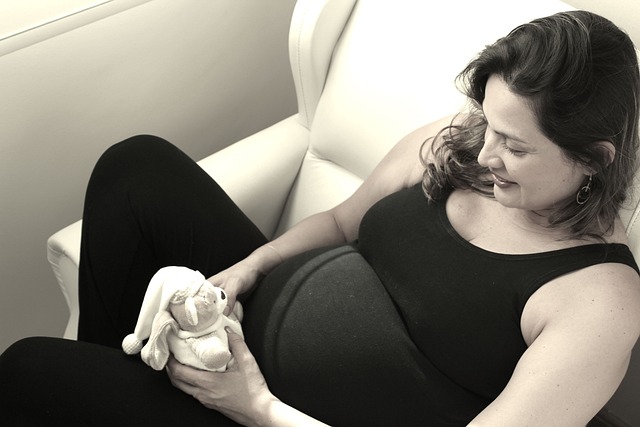I recently chatted with a patient named Sarah about ways to enhance her chances of conception. She was understandably worried about her age and some cervical issues. At 39 years old, the number and quality of her eggs are a concern. Additionally, she had undergone surgery on her cervix a few years ago, which left it a bit closed off. Here’s what I shared with her:
The two primary challenges we’re tackling are cervical factors and a reduced ovarian reserve. Intrauterine insemination (IUI) can help with cervical issues but won’t really address problems related to egg quality.
For women like Sarah, ovulation induction using injectables such as Follistim or Gonal-F can double the pregnancy rate compared to natural cycles. However, this approach comes with risks, including multiple pregnancies, miscarriage, and chromosomal abnormalities like Down Syndrome. Because of this, I don’t often recommend it as a first option, even though it’s a common fertility treatment.
A more effective option for egg quality issues is in vitro fertilization (IVF) combined with comprehensive chromosome screening (CCS). This method involves stimulating the ovaries to produce multiple eggs, which are then fertilized in the lab. The resulting embryos undergo testing to identify those with normal chromosomes. The viable embryos are frozen and can be used for future transfers.
IVF with CCS boasts impressive implantation rates, typically around 60-70% per transfer, and it carries a lower risk of complications compared to other methods. However, it’s important to note that not every woman will find a healthy embryo to transfer through this process.
Ultimately, the decision depends on factors like cost, risk, and the desired outcomes. In my experience, IVF with CCS tends to offer the best results when other methods, like IUI, are ineffective.
– Dr. Emily Carter
If you’re navigating your own fertility journey, check out our other blog post about the pros and cons of delaying kindergarten enrollment for children. You may also find useful information on pregnancy at Healthline, a great resource for those looking into home insemination. And for at-home insemination options, consider checking out this kit from Make a Mom.
In summary, when dealing with conception challenges, it’s crucial to weigh your options carefully, considering both the benefits and risks involved. Consulting with a fertility expert can help you determine the best path forward for your unique situation.
Related Topics:
cervical factorconceptionegg qualityfertilityiuiIVFpregnancy

